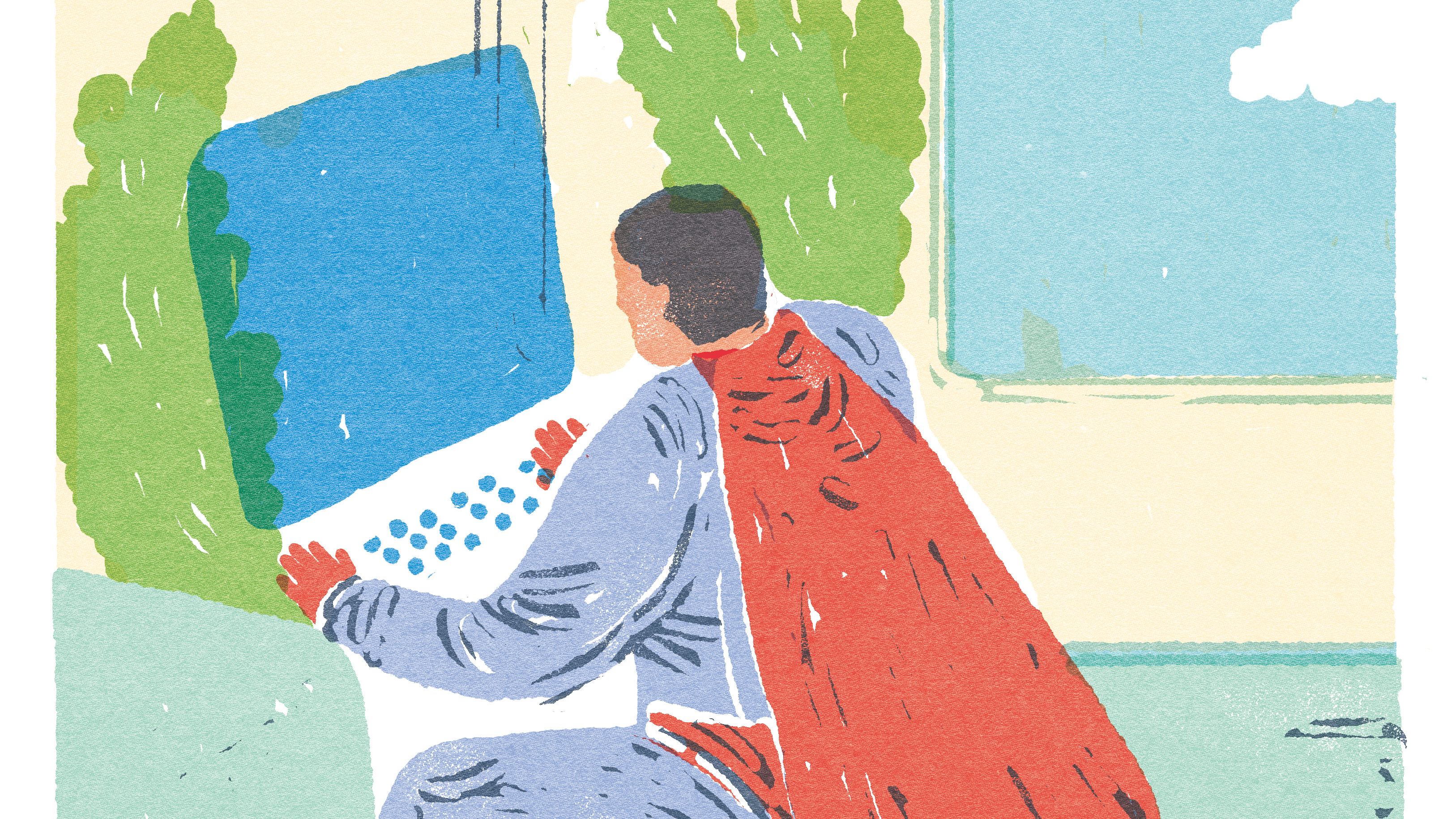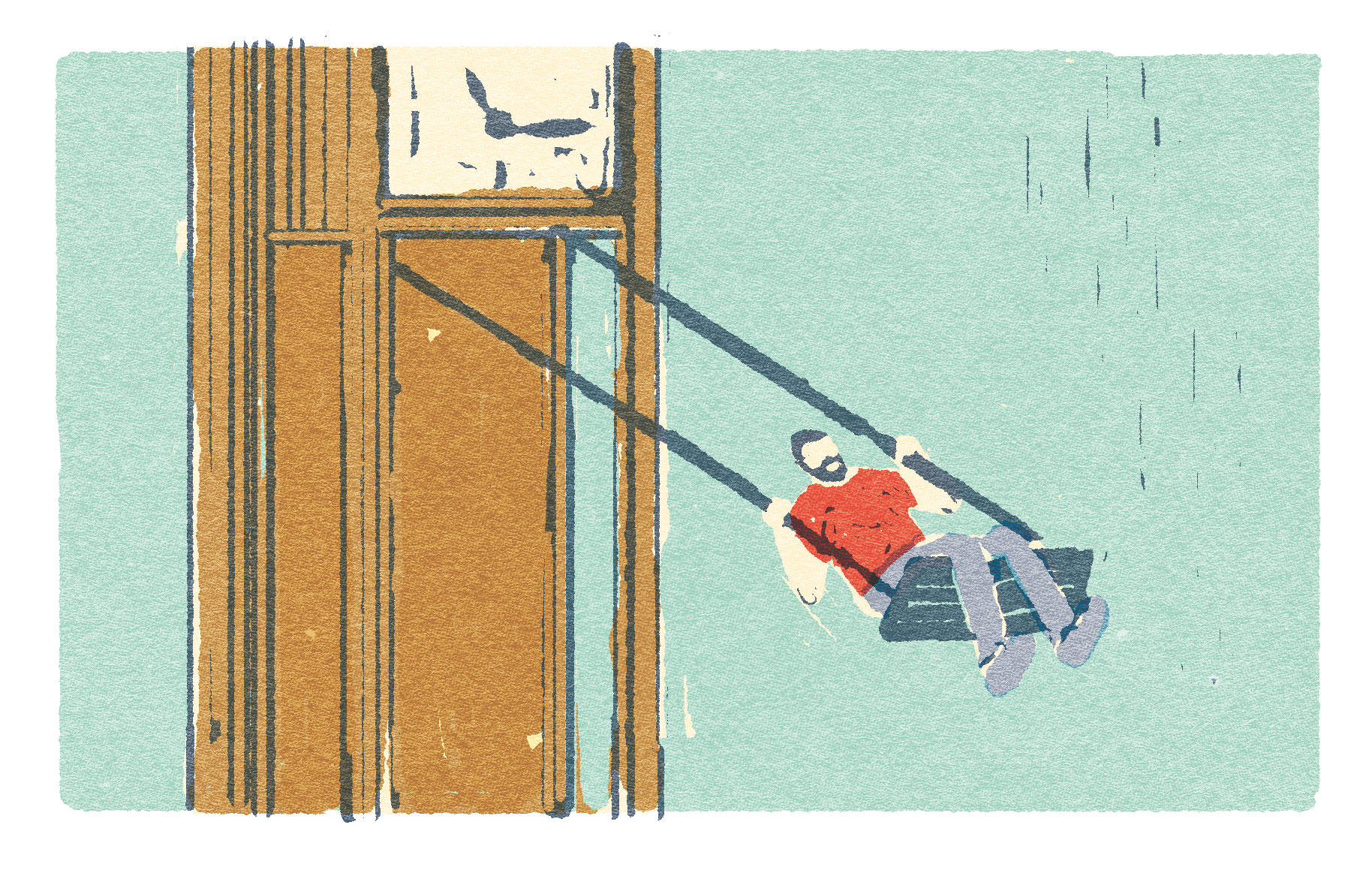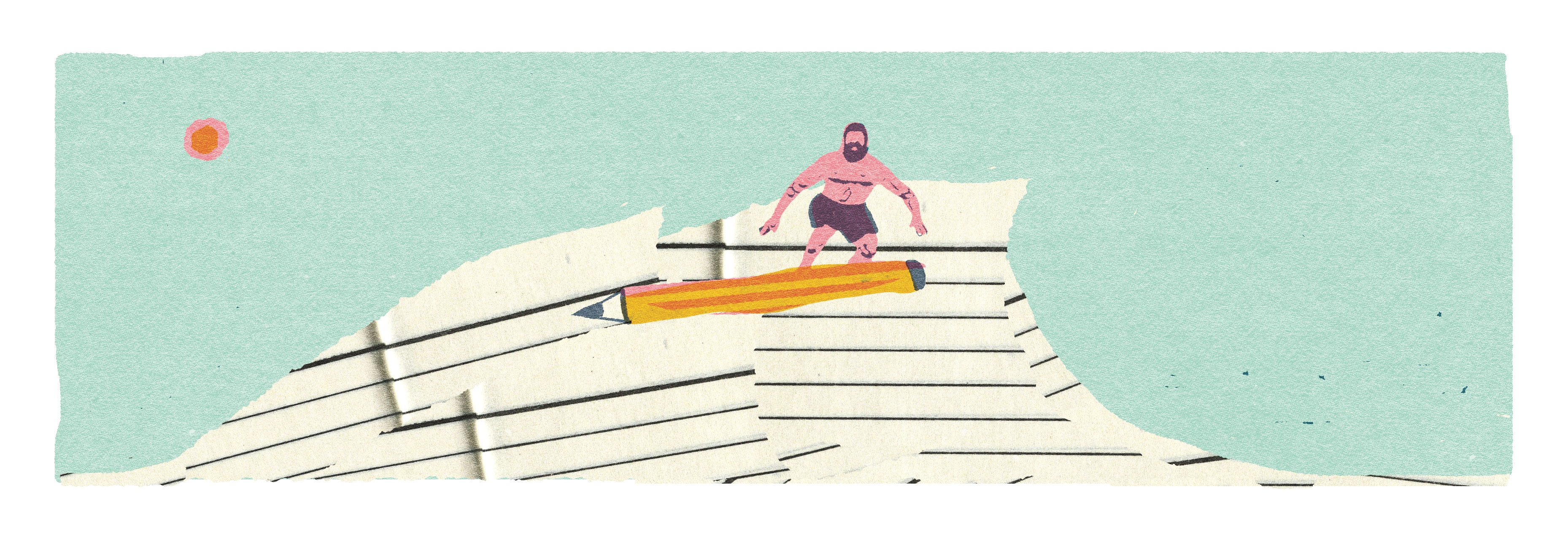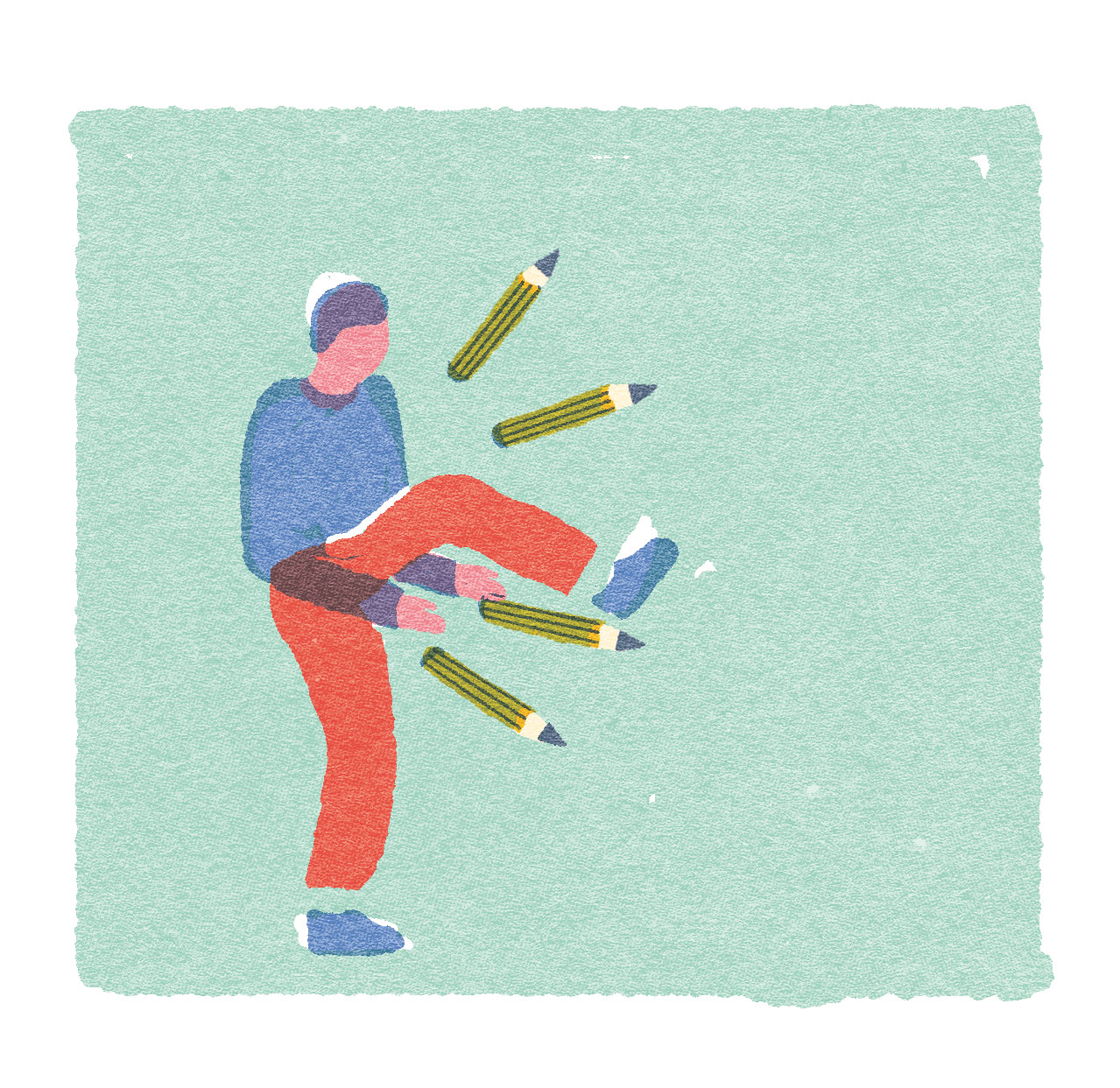How to overcome freelance hurdles
A range of creatives share how they navigate the perils of freelance life.

The freelance creative economy is continuing to grow. Poor employee pay, a lack of graduate jobs, and the continued effects of the recession mean that one in seven UK workers is now self-employed, and the Royal Society of Arts predicts that the ranks of the self-employed could soon outgrow the public sector workforce.
This growth in the freelance economy isn’t just due to circumstances; many creative freelancers feel their employment status is a lifestyle choice. Being able to solely focus on a single project, manage your own time and efforts, and reap the significant pay advantages of being both ‘in demand’ and your own boss make going freelance hugely appealing for illustrators, designers, motion graphics artists and video editors. These groups get to lend out their creative skill sets to agencies and clients, while maintaining a healthy work-life balance.
So what’s not to like about the freelance lifestyle? Unfortunately, there are obstacles to working in the freelance economy. Finding work, staying focused and motivated while working from home, and managing the administration of running a small business means that there’s often a lot more to deal with than with a typical nine-to-five. Solving many of these issues comes down your natural character – are you a self-starter who never wavers from the task in hand, and who delights in managing admin and cashflow? Thought not. Thankfully, there are ways to train yourself to overcome the most common freelance challenges.
Hurdle No.1: Keeping focus
“Procrastination is an awful beast, the bane of the freelancer’s life,” says Gordon Reid – an award-winning art director, designer and illustrator also known as Middle Boop.
“I can be a big procrastinator, and when I used to work from home, it was a killer. But I find if you start the day right, get some exercise done, go running or to the gym, that can help focus the mind and help you think clearly. I also find what really helps me is to keep a daily planner of everything I genuinely need to do that day and tick the tasks off one by one. I get emails and all of that guff out of the way early on and leave the day to focus on the work. If I’m still getting distracted, I’ll turn off my emails and phone.”

Self-discipline is a key element of the freelance lifestyle, and as Reid identifies, ensuring you have a daily work routine helps get your mind and body in the right place. Often, when motivation wavers, reminding yourself why you chose the freelance path can help you get back on track.
Giving yourself appropriate breaks and time to rest is just as important in maintaining focus. The temptation to throw yourself into a project and work it to completion conversely effects focus and motivation. The joy of the freelance lifestyle is in having the freedom to ‘refresh’ yourself when you need it.
Get the Creative Bloq Newsletter
Daily design news, reviews, how-tos and more, as picked by the editors.
“Fun is fundamental,” says Lorenzo Gritti, a freelance illustrator who has been commissioned by the likes of The New York Times, The Boston Globe and The Observer, and has been selected for a number of illustration annuals and exhibitions. “With that being said, if something gets boring, I start to experiment, even in commissioned work. Most of the time it works.”
Like Reid, Gritti thinks routine is key to motivation and productivity. Treating a freelance lifestyle as a ‘proper job’ ensures creatives feel as though they’re working, rather than carrying out a brief while sat at their kitchen table.
“I go every day to a co-working place, where I share the space with all kind of freelance workers, from architects to journalists,” says Gritti. “Being surrounded by working people helps me to stay focused."
Hurdle No.2: Finding the right work for you
Of course, in order to stay focused on the task in hand, you need to have a task in hand. And finding the task that is right for you presents the often the most frightening reality and biggest challenge of the freelance economy.
Finding work can be scary, but the fact that in the creative economy the need for dependable creative talent outstrips supply should go some way to reassure freelancers. Also remember it’s your job – so don’t offer services for free.
I usually prefer doing things where I feel warm and fuzzy about my colleagues or client, or I feel like I have a lot I can learn through the work
Sara Blake
“I don’t pitch for large brands unless it’s a paid pitch through an agency,” says Sara Blake, a New York-based illustrator, designer and fine artist, also known as ZSO. “I think you should get paid for your work and ideas, whether it’s for a pitch or for produced work. I will, however, pitch to friends or small companies or start-ups that I am passionate about. Most of my ‘pitching’ happens with friends over wine, though – it’s not big brand stuff, just things we want to make.”
Keeping a focus on the fun and balance of a freelance lifestyle is key for Blake, and this directs the types of work she takes on, as well as turns down. Being a freelancer empowers you to not only focus on work which excites you, but also to live by the values you hold close. “No tobacco, no oil, nothing racist, sexist, or hurtful to others,” she says. “Other than that, working with nice people is really important to me, regardless of the client or work, so I usually prefer doing things where I feel warm and fuzzy about my colleagues or client, or I feel like I have a lot I can learn through the work. I also watch out for early signs that a client doesn’t really have a clear sense of they want. That’s the worst and it doesn’t matter what you do as a designer, it’s just going to churn forever.”
Hurdle No. 3: Business is business
The admin side of being a self-employed freelancer or a small studio is far from glamorous, but it’s no doubt one of the most challenging and important aspects of the job. Keeping cashflow under check and chasing payments are both crucial to your business, so unless you have an incredible memory, having some kind of accounts system that flags when to invoice and when payments are due is vital.

"Expect clients to pay as late as they possibly can because usually they will,” says Verònica Fuerte of Hey Studio – the Barcelona-based outfit that specialises in brand identity, editorial design and illustration. “You need to be prepared for that and keep money in the bank. Getting the client to pay in stages so you invoice at the beginning and end of a project obviously helps, but it isn’t always possible. Staying on top of spreadsheets and controlling your costs can sometimes be the only thing you can do to get yourself through a tricky time.”
Invoicing promptly is key – the longer you leave it, the longer the payment will take to arrive; but chasing late payments is the bane of a freelancer’s life. So what can you do when clients take longer than the agreed terms to pay their bill? “Kill ‘em with kindness,” advises Blake. “Never get snippy. That didn’t ever help anyone. I usually just try to be nice and understanding, but persistent. My emails may get annoying, but no one will get motivated to nudge the accounting department for someone acting like a jerk.”
Hurdle No.4: Managing time
You’re kidding yourself if you think that the freelance lifestyle is one smooth stroll of eight hour days. In reality, it’s a career of feast and famine. There are times when you’re highly in demand and extraordinarily busy – and other times when you find yourself with very little to do. A work calendar and schedule will help ease the flow, but often deadlines are out of your hands.
“Sometimes you can’t manage the timings of projects because clients delay things, which tends to be when you end up working late or over the weekend,” says Rob Gonzalez, one half of the award-winning art-direction duo, Sawdust. “Generally it’s just about efficient time management, but you can’t always predict how projects will run.” Even when you find yourself in a work-drought, you should still make sure you set aside time for doing admin, Rob points out. “Quieter times are good for housekeeping, backing-up work, getting on top of emails.”
Fuerte also believes that downtime doesn’t mean non-productive time: “We are designers, so we have the tools to keep ourselves busy when the clients aren’t. Make up a project and do something that interests you. At worst, you had fun and learned something and, if you are really lucky, it will turn into something else.”
Hurdle No.5: Client relations
Handling clients isn’t something in-house creatives often have to do. The buffer of an accounts team means that creatives get to create – free from the interruptions and demands of those footing the bill. Not so in the freelance industry. While you may not exactly be at your client’s complete beck and call, you will be expected to field calls, attend meetings and respond to enquiries. Sometimes these will be ‘difficult’ requests. Here you need to stand your ground, and make sure you’re not losing time and money in order to fulfill a client’s increasingly infuriating and outlandish requests.

“I remember one project where the client wanted to see 50 variations of a symbol,” says Fuerte. “It was after a pitch that we had won and they had liked. It didn’t make any sense to me, but that’s what they insisted they wanted, so in the end we did it. It doesn’t matter who you are or how big you are, there are always going to be these clients. The important thing is not to lose your patience and to try to get your professional point of view across,” Fuerte advises.
While client demands can often seem overly demanding or even plain rude, remember that you’re offering them a service, which you can always withdraw. The challenges of being a freelancer or running a small studio certainly aren’t insignificant. But they are far outweighed by the benefits of being your own boss, working under your own steam in a way that suits you, on projects that you have chosen, and are (ideally) really passionate about.
As Blake so deftly puts it: “I am never motivated by external factors, or just trying to get a job done. That can definitely feel tedious, annoying, draining and uncreative. But if I tell myself this project is for me and that it’s all mine, suddenly the time flies, I’m happier, and the quality of work usually gets better.”
This article was originally published in Computer Arts magazine issue 259. Buy it here.

Thank you for reading 5 articles this month* Join now for unlimited access
Enjoy your first month for just £1 / $1 / €1
*Read 5 free articles per month without a subscription

Join now for unlimited access
Try first month for just £1 / $1 / €1

Tom Dennis is a journalist, editor and content director with more than a decade’s experience working on international magazines, newspapers, and websites. While Tom is an expert on all things tech, having previously edited sister Future sites T3 and Computer Arts and picked up a PPA award for being a 'Digital Native', he still has a soft spot for the printed word. Tom has since moved into digital content marketing.
